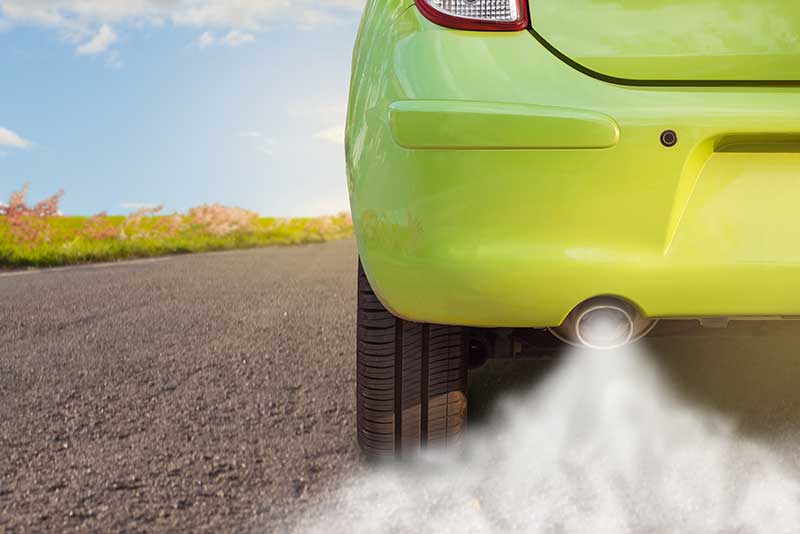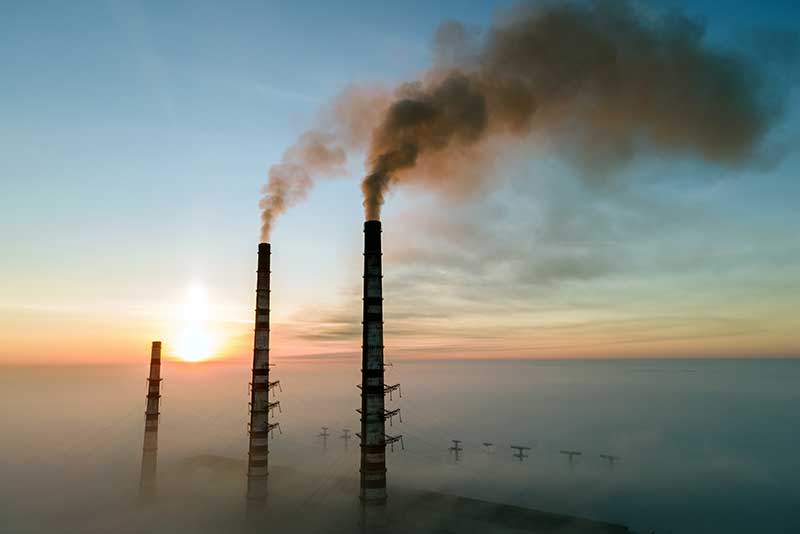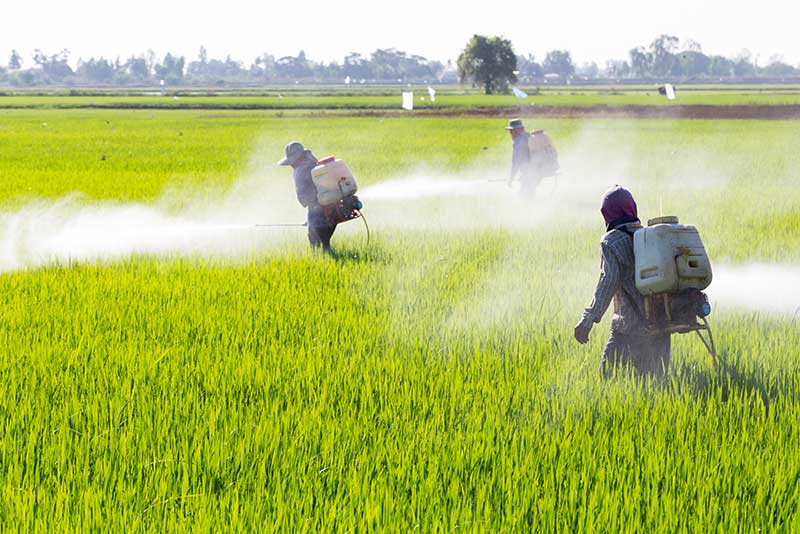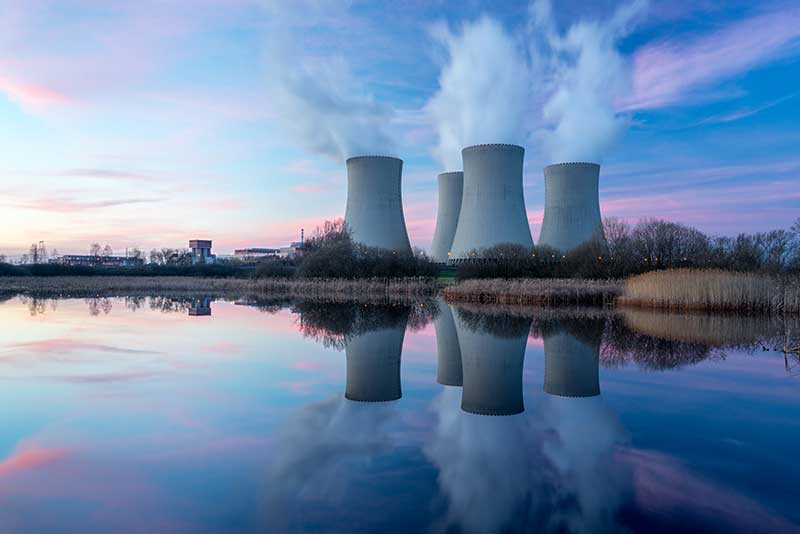Ironically, we people contaminate the very air that we take in. In a nation like India, where both populace and financial improvement have expanded quickly in the past seventy years. air contamination has arrived at a phase where numerous urban areas in India are among the most polluted urban regions on the planet. Air pollution in India is a multi-sectoral issue with all the emissions originating from varied sources.
In light of the convergence of PM2.5 emanations, India was ranked as the fifth most polluted country by WHO (2019), in which 21 of the 30 most polluted urban communities located in India. Also, the air quality index in India surpassed the WHO edge by a disturbing 500%.
Central Air Pollution Causes
The seven significant areas that cause air pollution in India are transportation, industries, agriculture, power, waste treatment, biomass burning, residential, construction, and demolition (waste produced from the destruction of buildings bridges, etc) waste.
1. Vehicular/Transport Emissions

The transportation sector is the primary supporter of air pollutants in almost every city, but this phenomenon worsens in urban cities. In India, motorized transport expanded from 0.3 million in 1951 to 159.5 million in 2012.
2. Industrial Processes

In the most recent couple of years, India has seen an enormous scope of industrialization. This has degraded air quality in most metropolitan areas.
3. Agriculture

Agricultural activities produce emissions that can pollute the environment. Ammonia (NH3) and nitrous oxide (N2O) are critical toxins released from farm activities.
4. Power Plants

Power plants’ contribution to air emissions in India is both immense and worrisome. Thermal power plants fabricate around 74% of the full power generated in India.
5. Waste Treatment and Biomass Burning
In India, around 80% of municipal solid waste (MSW) is disposed of in open dumping yards and landfills, which leads to further greenhouse gas emissions apart from the issues of foul smell and poor water quality.
6. Domestic Sector waste
Households are distinguished as a significant contributor to air pollution in India. The emissions from burning fossil fuels, stoves, or generators come under this sector, affecting overall air quality.
7. Construction and Demolition Waste
Another primary source of air pollution in India is waste, which results from construction and demolition activities.
Air pollution and its impact
Air pollution has become a major concern for all of us. Here in this article we will discuss the numerous causes and the impacts of air pollution.
1. The Ecosystem
Ground air pollution poses a serious threat to the ecosystem. The evil impacts include respiratory and pneumonic problems for creatures and people. Fermentation of lakes and eutrophication make it worse for marine life to sustain.
2. Biodiversity
The evil impacts of air pollutant emissions could affect biological diversity. In recent years we have witnessed various species on the verge of extinction, and some of them are already extinct. The loss of biodiversity severely impact our survival. Acid rain, ozone depletion, higher concentrations of SO2 or NOx are detrimental to the survival of various species.
3. Materials and Buildings
SOX and NOX discharges can harm flora, fauna, material surfaces and even break buildings and structures. The adverse effects may be in the form of discoloration, loss of material, structural failure, and soiling. This can decrease the service life of buildings and can severely damage historical structures and monuments. One such example is Hyderabad’s Charminar, which is turning black due to its highly polluted area. The disintegration of such legacy zones represents a grave concern.
4. Human Health
Individuals living in regions with unfortunate air quality and high contamination levels have dangerous well-being chances. Such malicious ramifications can prompt both minor respiratory problems and deadly sicknesses. Emissions like PM, O3, SOX, and NOX can harm people’s cardiovascular and respiratory frameworks. The HEI (2019) surveyed the effect of PM2.5 fixations in India and inferred that around 1.1 million deaths in 2015 were a consequence of being presented to air contamination.
Air pollution Solution
An effective discharge control system ought to be all-encompassing. It should be a mix of effectively applied logical thoughts and innovative headways; it should uphold the economy and be supported by the public. The control strategies taken to handle air pollution must be sustainable.
- The suburban air pollution control strategy should focus on sustainable means of public transportation modes, such as cycle lanes, BRTs, trams, metros, and well-connected pedestrian facilities. It will further ensure the minimum or less use of private vehicles, thereby reducing air pollution levels.
- Government must enforce strict policy, such as congestion pricing and emission trading, which have the potential to reduce emissions drastically.
- Using alternative fuels and e-cars, e-bikes, and hybrid vehicle types must be promoted by the government.
- Government should initiate the public awareness program in every city, both rural and urban, highlighting the importance of managing air pollution at its source. And, the various control measures that could be taken to decrease pollutant emissions.
- The green buffer around cities, maintenance of 33% green cover around urban areas, installation of water fountains across the cities.
Are you looking for Best Air Purifiers in 2024
Air Pollution Challenges
In India, there are a lot of challenges to reducing and controlling air pollution. Such as
- The lack of India-specific emission factors for several air pollutants could be a major concern in developing realistic emission inventories for Indian cities.
- Neither realistic numbers nor ratios are available for two-wheelers or for light and heavy commercial vehicles.
- Irresponsible human behavior
- The lack of public interest in emission control measures and inefficient traffic management systems.
- In India, the practice associated with emission estimation from biomass burning has few limitations.
- This uncertainty in fuel usage data for the in-situ generators used in hospitals, large institutions, and hotels was ±30% for the year 2010.
- Most Indian cities lack the infrastructural and technological wherewithal.
To conclude
Air pollution has severe implications. No one can deny that. We are well aware of its consequences, but our efforts to control it are minimal. Various steps taken or should be implemented by the both central and state Governments of India to control air pollution in Indian cities have been highlighted in the previous sections. Additionally, we should also contribute at a personal level to ward off this evil because small steps have the potential to bring mighty changes.

Priyanka Khurana Goyal is a prominent Indian figure renowned for her diverse accomplishments and contributions across various fields.. Read more



